The Physiology Of Fat
Photo by Siora Photography on Unsplash
The Physiology of Fat by Jack Haworth MScPT, BSc
The World Health Assembly in May 2012 stated a goal of ‘no increase in obesity or diabetes levels’ from 2010 by 2025. Ezzat et al (2016) conducted a meta-analysis from 1975-2014 and now state that if trends continue there is zero percent chance of meeting the global obesity target. The correlation between chronic disease and sedentary lifestyles are well documented. Getting more physical activity and losing weight is something the majority of people would say they need, but whose job is it to tell you this medically, and who do you ask for advice? When does that advice become more than ‘eat less refined sugar and exercise more’?
How Does the Body Use and Store Energy?
Pancreatic release of the hormones insulin and glucagon dictate what gets used as energy and what is stored in reserve. The food we eat is broken down in the stomach and the energy floods into the blood stream at differing rates, depending on factors such as glycemic index and fibre content. Increased blood sugar levels trigger the release of Insulin which gathers the excess circulating metabolites for storage. They are then transported to the muscles and liver and stored as glycogen (which have a limited capacity), or lumped together as a TAG (3 free fatty acids-FFA, and a glycerol) and stored as adipose. So it makes sense that if our diets contain high concentrations of sugar and fat, then our body mass index will increase. When we haven’t consumed energy for a few hours, Glucagon is released as blood glucose levels are low. FFAs are liberated from the adipocyte to the bloodstream by the hormonal reaction – lipolysis. Transport proteins deliver the FFAs to the working muscles, where they are utilized inside the mitochondria as energy. If insulin is the storing hormone then glucagon is the mining hormone. That being understood, exercise can now be utilized to manipulate whether we burn off exogenous or endogenous energy by ensuring we don’t exercise immediately after food consumption.
Adenosine Triphosphate (ATP) is what we spend as energy and is a derivative of metabolites such as muscle glycogen and fat. ATP demand positively correlates with the power output of an exercise bout (Egan and Zierath 2012). Exercise intensity however, can be manipulated to determine where the ATP source derives from. Romijn et al. (1993), & Van Loon et al (2001) found both intra-muscular and extra muscular levels of FFA utilization are at their highest during low-moderate (<65% V02 and aerobic) exercise, and as the intensity increases, muscle utilization of the circulating FFA declines, whereas glucose utilization increases (anaerobic >65%). It therefore stands to reason that if we want patients to lose weight, exercising at lower intensities for longer periods of time is sound advice. This advice is also in line with the safety precautions we would take when prescribing exercise as an intervention in patients with HBP and CHO, and even AS, DM and angina. If the goal of exercise is weight loss, then knowing when and how to exercise is the key to being efficient and safe.
What Does This Mean for Those Looking to Lose Weight?
Consuming an energy drink high in glucose before exercise causes glucose to flood the blood stream and is readily transported to working muscles for conversion to ATP. So in this instance you are burning the sugars which you have just taken in, not your own reserve, therefore they are counterproductive if your goal of exercise is weight loss. Conversely, following a fasting period >3hours or overnight, the high levels of glucagon and low levels of insulin mean that adipocyte reserves have been liberated and increased blood concentrations of FFA are been transported to the muscle for ATP, thus you are burning fat as energy. This metabolic state is only achieved through a period of fasting, otherwise glucose and FFA levels in the blood are high due to a recent feed, along with high levels of insulin, so in this state if you are not exercising you are most certainly increasing your adiposity reserve. First thing in the morning glucagon release has been facilitating homeostasis via lipolysis throughout the course of the night, but relatively speaking we don’t need much energy to maintain a sleeping body. The notion of breakfast being the most important meal of the day does ring true, but why not capitalize on this perfect window of natural lipolysis first with some low intensity exercise? In low risk patients, how you capitalize and burn off more endogenous fat is patient preference, walking, jogging or intermittent exercise will all be effective. In higher risk patients we know we need to restrict intensity and duration boundaries via RPE, heart rate and blood sugar levels but all can be manipulated to facilitate efficient weight loss.
The purpose of the above was not to give prescription parameters of exercise but to establish the chain of metabolic events when we eat, fast and exercise and how it’s possible to manipulate these events to make exercise more efficient when weight loss is the goal. For the prescription of exercise parameters a comprehensive understanding of cooperating energy systems is needed, along with the potential co-morbidities of the patient.
Romijn. E., et al (1993). ‘Regulation of endogenous fat and carbohydrate metabolism in relation to exercise intensity and duration’. Am. J. Physiology. 266. pE380-E391.
Ezzati., M. (2016) ‘ Trends in adult body-mass index in 200 countries from 1975 to 2014: a pooled analysis of 1698 population-based measurement studies with 19·2 million participants’. The Lancet. 387. p1377-96.
Egan., B & Zierath., J. (2012). ‘Exercise metabolism and the molecular regulation of skeletal muscle adaptation’. Cell Metabolism. 17. p162-184. World Health Assembly (2012). Resolutions and decisions. Geneva May 21-26.


